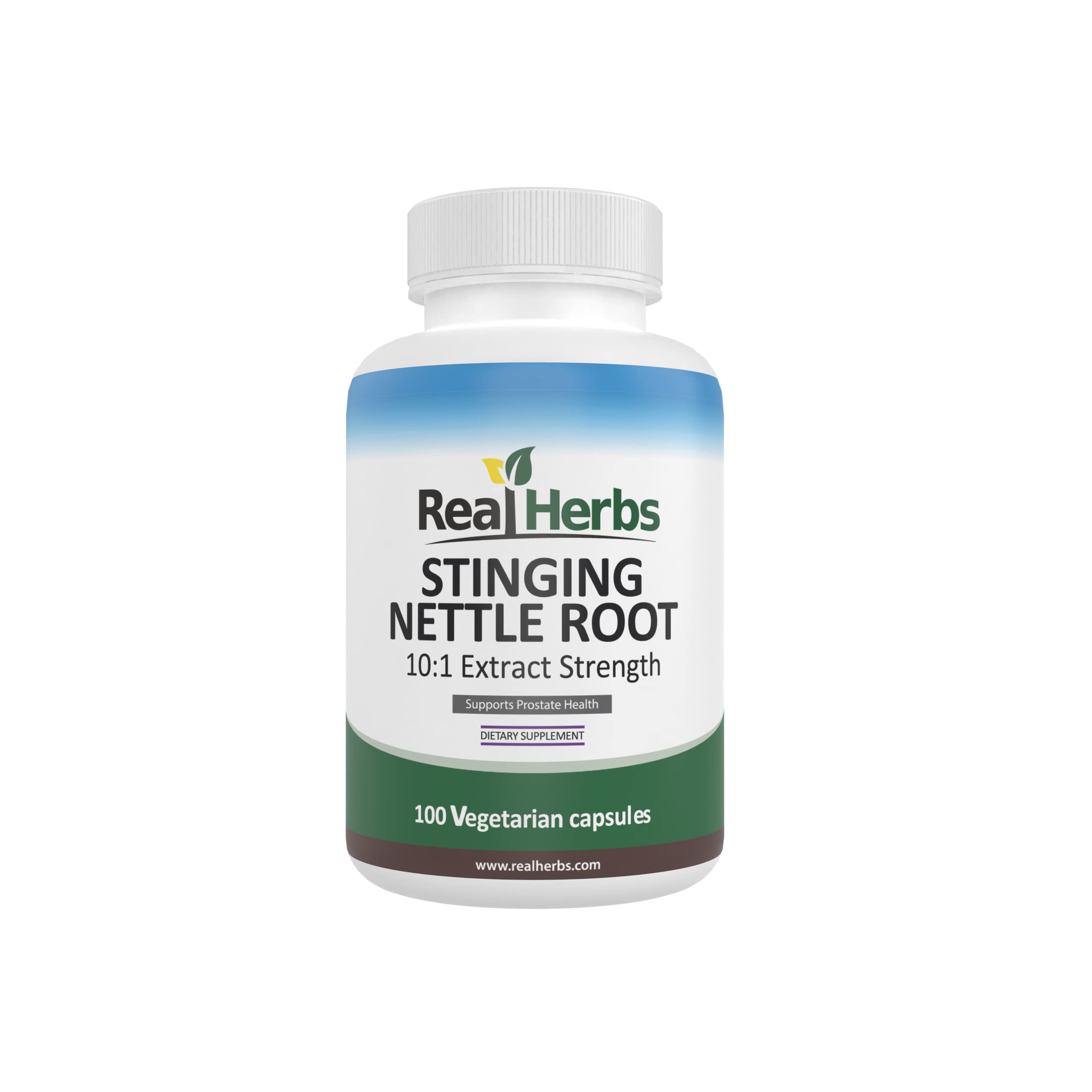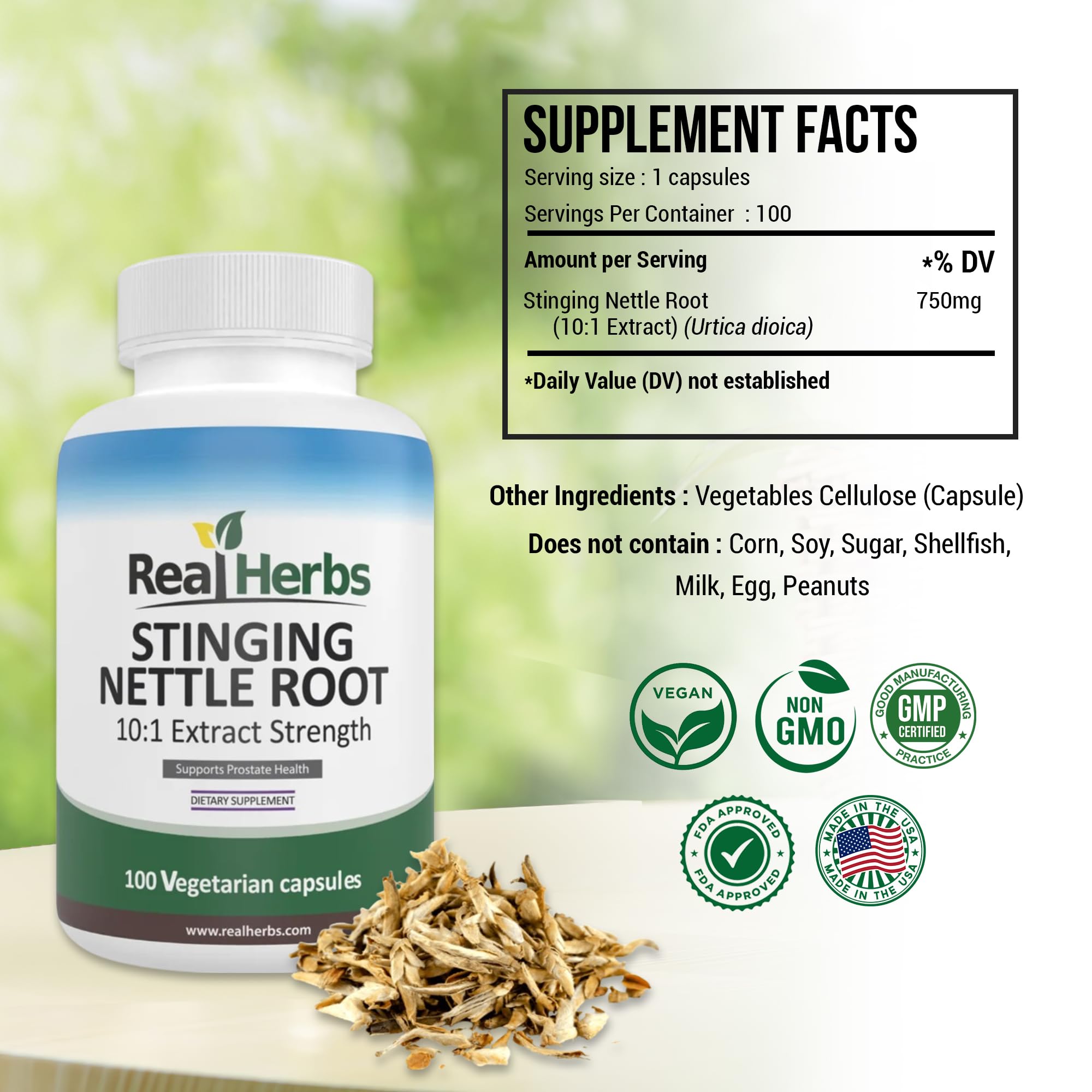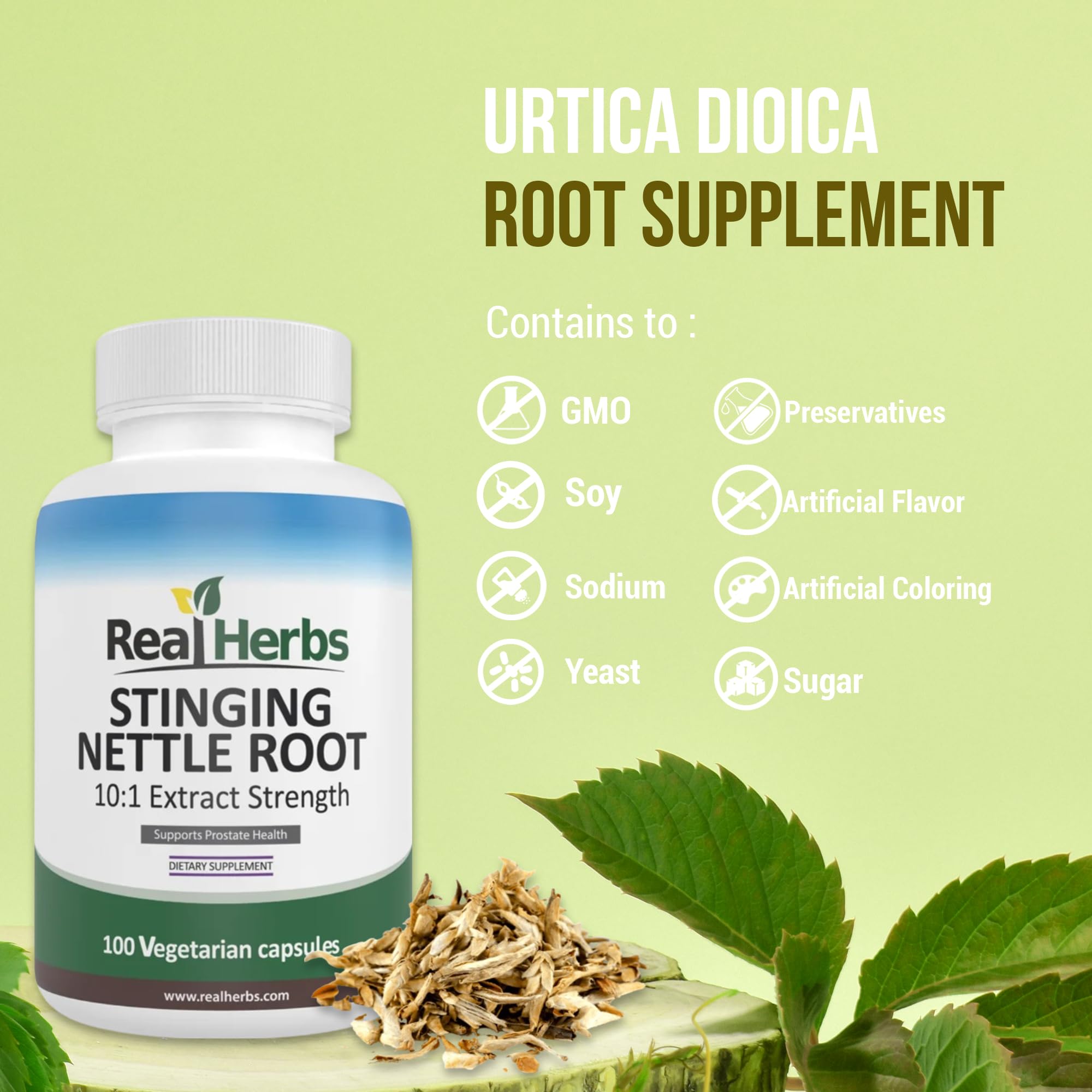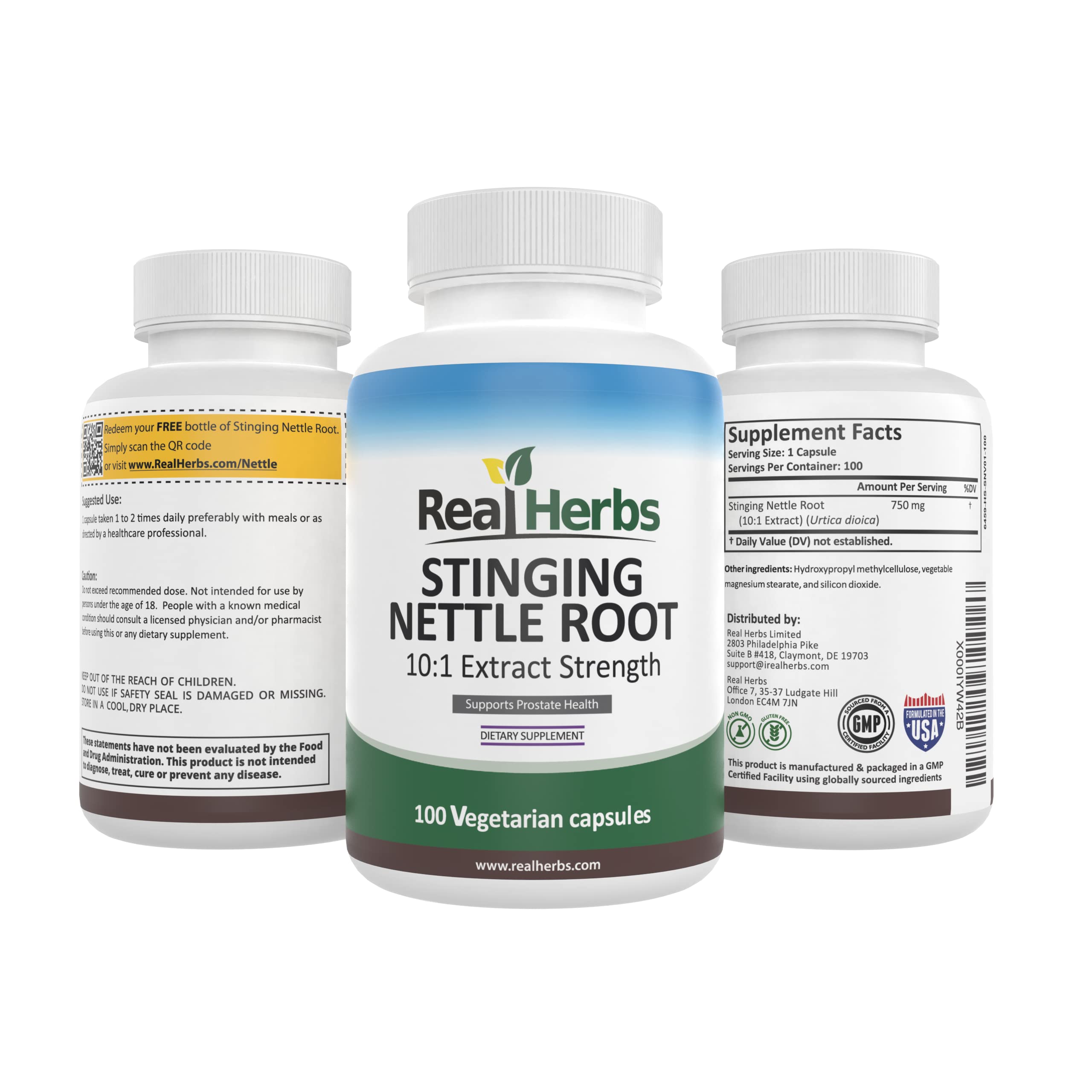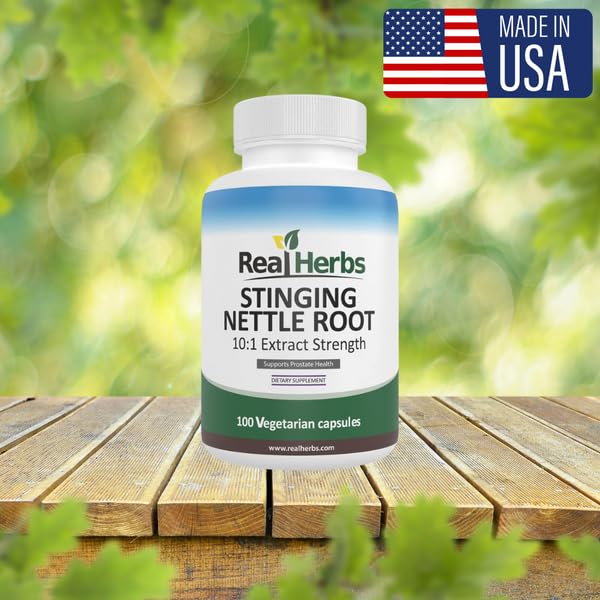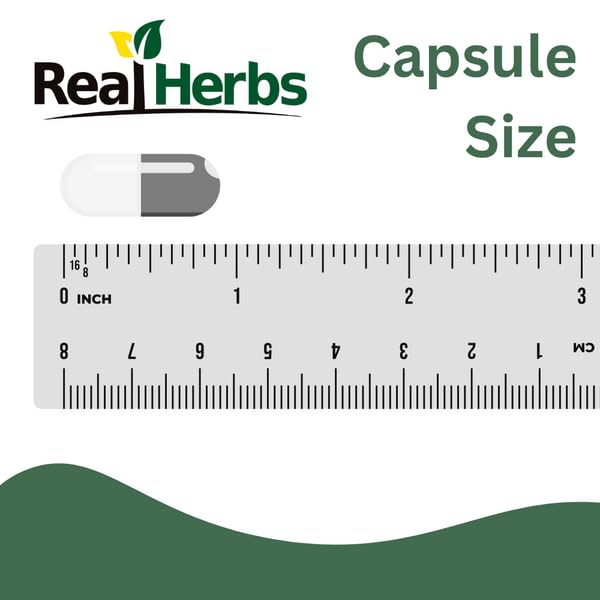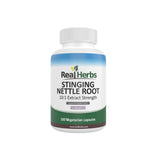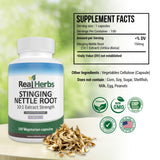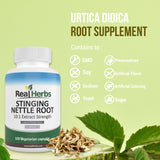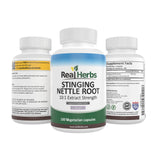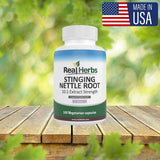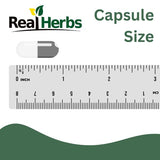Pygeum Bark: A Natural Solution to Combat Microbial Threats
Microbial infections are becoming more common in today's world, and traditional antibiotics are becoming less effective as resistance grows. These infections can cause symptoms such as itching, redness, swelling, and discharge and can range from skin irritations to urinary tract infections. This is not only uncomfortable, but it also puts people at risk of further complications. The search for alternative solutions has resulted in the rediscovery of an old remedy known as Pygeum Bark.
Pygeum is a tree native to the African savanna that has been used for centuries by indigenous people to treat a variety of ailments such as skin infections, urinary tract infections, and inflammation. Pygeum tree bark contains antimicrobial and anti-inflammatory compounds, making it a safe and effective alternative to traditional antibiotics.
Several studies have been conducted to assess Pygeum Bark's efficacy in combating microbial infections. These studies have yielded promising results, demonstrating the effectiveness of Pygeum Bark in alleviating symptoms and inhibiting the growth of various bacteria strains.
This article will take an in-depth look at Pygeum Bark, including its history, how it works, studies and results, recommended dosage, and conclusion, in order to provide a comprehensive understanding of this natural solution to microbial threats.
History
Pygeum is a tree native to the African savanna. The bark of the tree has been used for centuries by indigenous Africans as a remedy for a variety of ailments, including urinary tract infections, inflammation, and skin infections.
How it Works
Pygeum bark contains several compounds that are antimicrobial and anti-inflammatory. These compounds work together to provide a natural antimicrobial solution.
Pygeum bark's antimicrobial properties are attributed to the presence of phytochemicals such as triterpenoids and phytosterols. These compounds have been shown to have inhibitory effects against a variety of bacteria strains, including Escherichia coli and Staphylococcus aureus, making them useful in the treatment of skin and urinary tract infections.
Pygeum bark also contains anti-inflammatory compounds such as beta-sitosterol and pentacyclic triterpenoids, which aid in the reduction of swelling and redness caused by infections. This reduction in inflammation aids in symptom relief and promotes faster healing.
Pygeum bark has been shown to have antioxidant properties in addition to antimicrobial and anti-inflammatory properties. Antioxidants help to protect the body from oxidative stress, which can contribute to infection development.
Overall, Pygeum bark's antimicrobial, anti-inflammatory, and antioxidant properties combine to make it a potent and effective natural antimicrobial solution.
Studies and Results
Several studies have been conducted to assess Pygeum bark's efficacy in combating microbial infections. These studies yielded promising results, establishing Pygeum bark as a natural solution to microbial threats.
One study looked at how Pygeum bark affected urinary tract infections. The study discovered that Pygeum bark was effective in reducing urinary tract infection symptoms such as burning and frequency, as well as reducing the growth of E. coli, a common cause of urinary tract infections.
Another study looked at Pygeum bark's effects on skin infections. Pygeum bark was found to be effective in reducing redness, swelling, and itching associated with skin infections, as well as inhibiting the growth of S. aureus, a common cause of skin infections.
These studies demonstrated the efficacy of Pygeum bark in treating a variety of microbial infections and provided evidence to support its use as a natural antimicrobial solution.
While Pygeum bark has been shown to be effective in reducing symptoms and reducing the growth of various strains of bacteria, it may not be appropriate for all individuals or infections. Before using Pygeum bark, consult with a healthcare provider to ensure its safety and effectiveness for a specific individual and type of infection.
Finally, the studies and results of Pygeum bark provide compelling evidence for its use as a natural antimicrobial solution. It is a safe and effective alternative to traditional antibiotics due to its antimicrobial, anti-inflammatory, and antioxidant properties.
Recommended Dosage
According to studies, the recommended dosage of Pygeum bark is between 100-200mg per day. It is important to note that the appropriate dosage may vary depending on the individual and the severity of the infection.
Conclusion
Pygeum Bark is an all-natural antimicrobial agent. Pygeum Bark, with its antimicrobial and anti-inflammatory properties, is a safe and effective alternative to antibiotics. Furthermore, the recommended dosage is well tolerated with no reported side effects.
References
"Pygeum africanum - Natural Medicines." Natural Medicines, naturalmedicines.therapeuticresearch.com/databases/food,-herbs-supplements/professional.aspx?productid=722.
"Pygeum africanum Bark Extract." Examine.com, examine.com/supplements/pygeum-africanum/.

